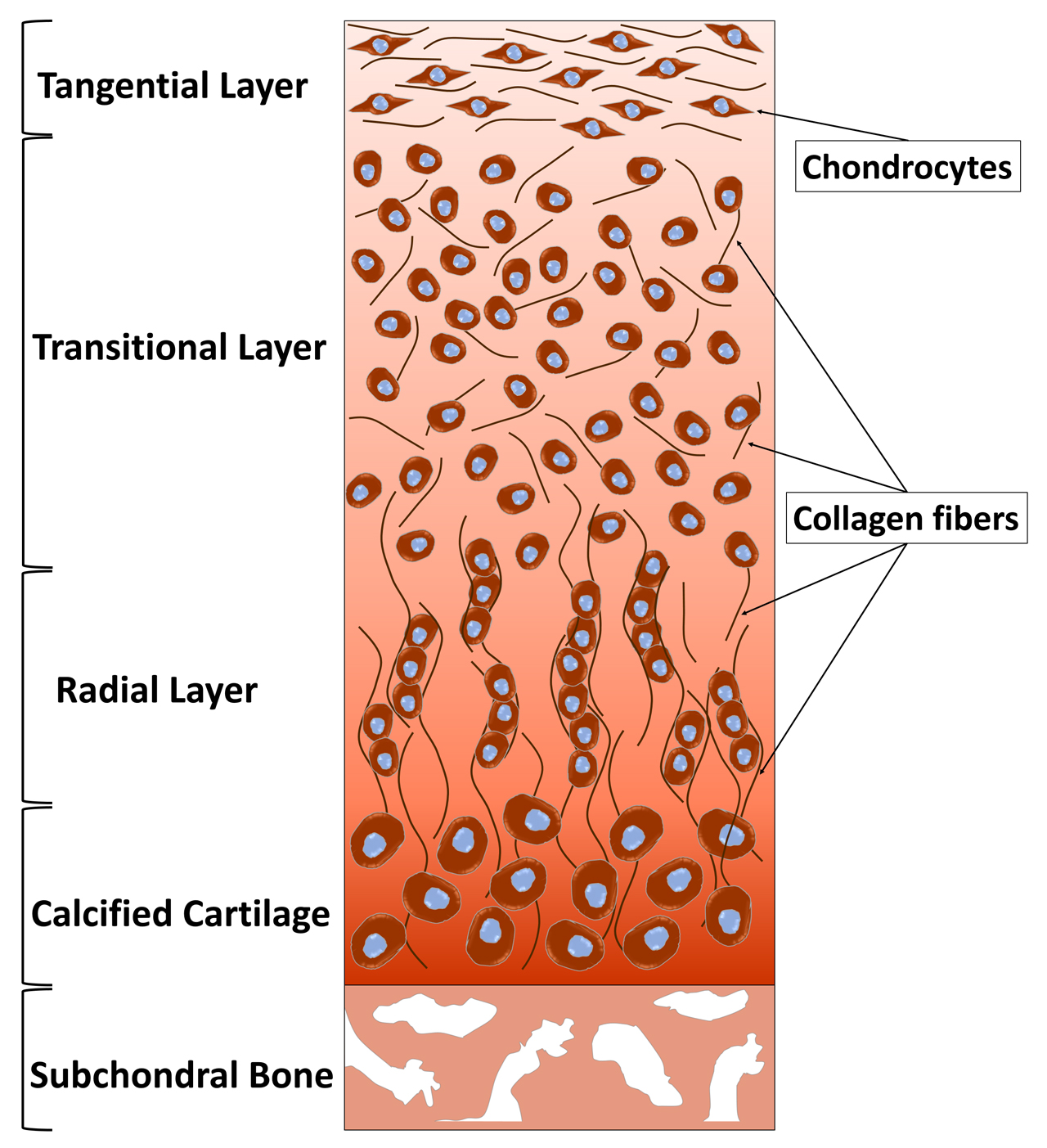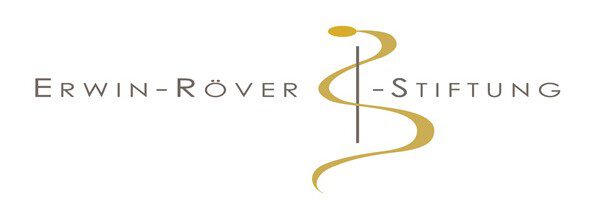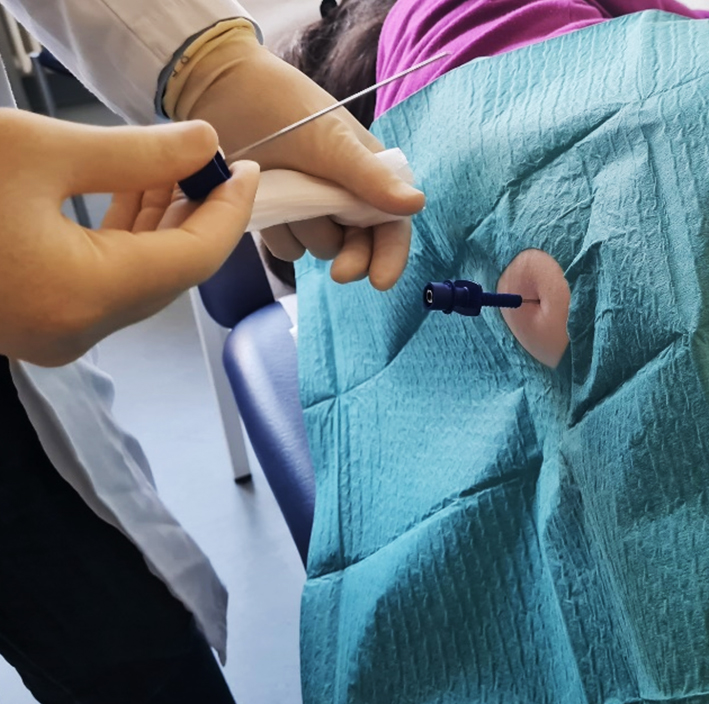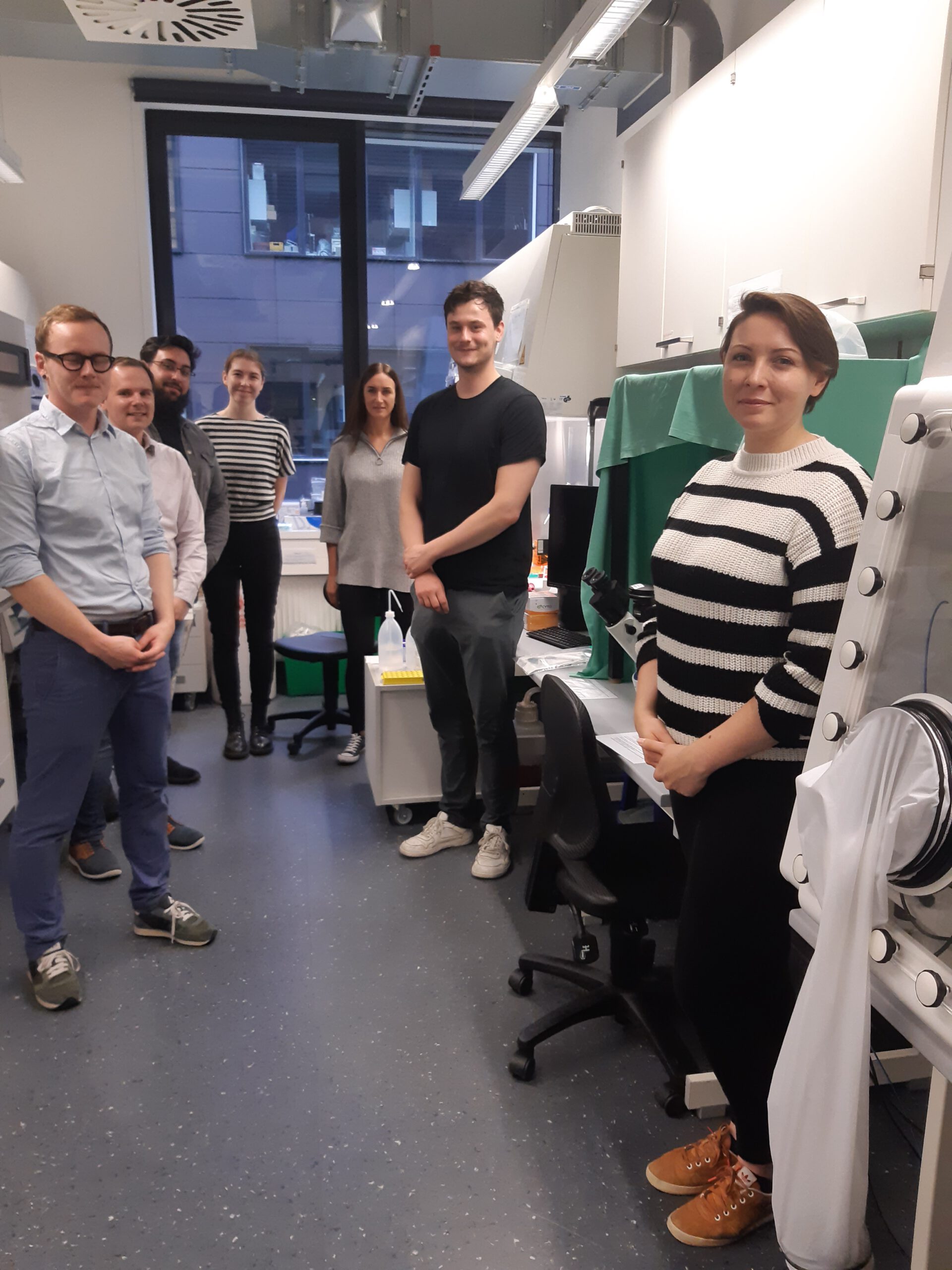
Science for Patients –
Biological Basics for Biohybrid Implants
My dream was and remains to this day, to make an impact on finding novel solutions for improving treatments for patients and to extend our knowledge as a researcher.
To do so, I have tackled different medical topics.
Today, my group and I are working with conjoined twins, and our work helps many people to be able to move or even dance without pain again. Less metaphorically speaking: We use both the body’s own stem cells and immune cells, highly intertwined in their biological functions, to individually optimize medical implants. We address diseases of the musculoskeletal system. Our approaches also contribute to develop predictive examination systems based on the body’s own cells ahead of in-human-use.
My current position as university professor started from a research unit professorship sponsored by the German Research Foundation (DFG).
Find my complete CV here.
On the left you see me with Teruko Tamura´s Tree (donation by Dr. Patrik Schadzek). I am glad to welcome you!
Biohybrid Implants
- Graded Implants
- Body´s Own Stem Cells
- Immune Cells (Macrophages)
Our Research – a Brief Introduction
IMPORTANT TO KNOW: Diseases of the musculoskeletal system have enormous socio-economic relevance. This situation will become even more important in the future due to increasing life expectancy. Innovative treatment approaches are therefore necessary for optimal therapeutic success.
This includes optimized and novel implants like BIOHYBRID IMPLANTS. These implants combine technical components (e.g. alloys) and biological components (e.g. stem cells), to result in a new product with superior properties. GRADED IMPLANTS constitute one modality within biohybrid implants. They are made from different materials with different (graded) properties. In addition, the use of stem cells – we use body´s own stem cells, the so-called mesenchymal stem cells – further adds to improve the performance and longevity of implants.
Find more information here.
Current Address:
Clinic of Orthopedic Surgery / NIFE
Stadtfelddamm 34
30625 Hannover, Germany
The lab is part of NIFE, the Lower Saxony Centre for Biomedical Engineering, Implant Research and Development: www.nife-hannover.de, a great building inaugurated in 2016 – and the LBB, the Laboratory for Biomechanics and Biomaterials, department of orthopaedic surgery, MHH: www.lbb2-mhh.de.
The Team
Our work is interdisciplinary.
My team brings in their expertise from different aspects within the life sciences.
In addition, we constantly have students who perform their bachelor´s or master´s theses in our lab.
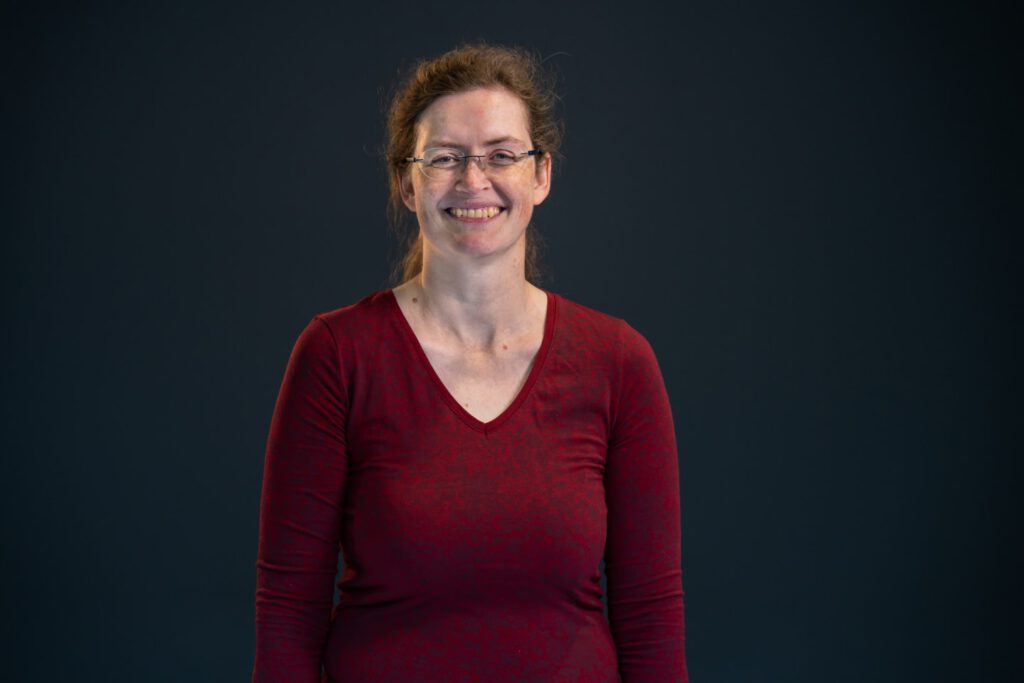
Kirsten Elger
Medical-technical laboratory assistant
Kirsten is well versed in flow cytometry, cloning, and cell culture. Additionally, she takes care of our budget and is coordination assistant within the DFG-funded research unit RU 2180.
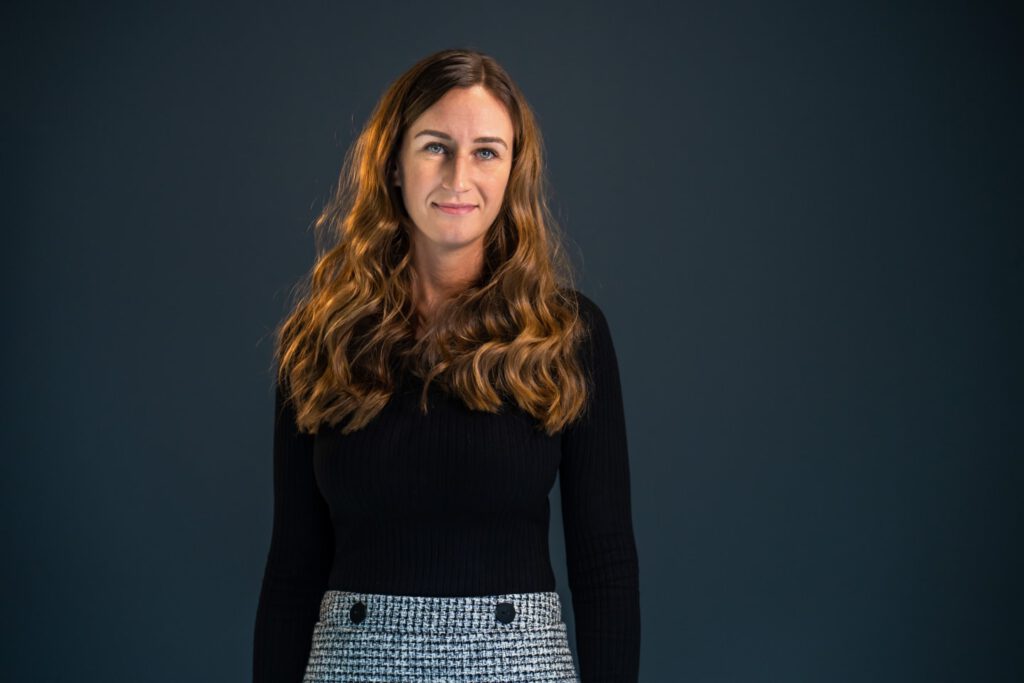
Anika Hamm
Biological-technical assistent
Anika has been a member of my group since my beginning at MHH. She is experienced in cell culture including isolation of stem cells under hypoxic conditions, molecular biology, and protein biochemistry like co-immunoprecipitation of proteins.
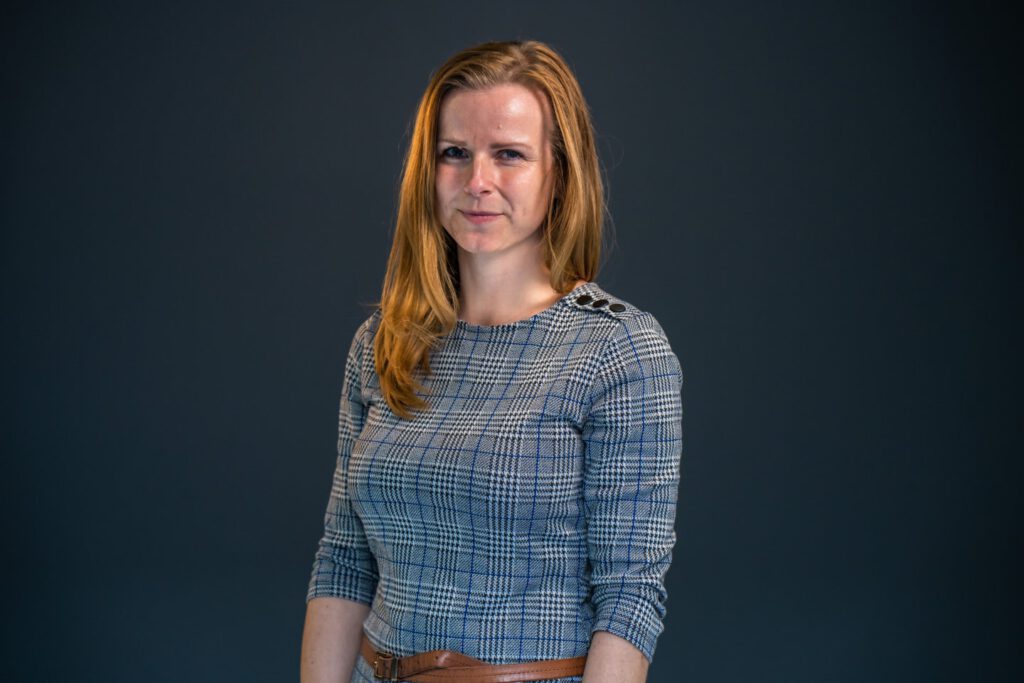
Yvonne Roger
PhD, diploma in biology
Yvonne is the most experienced scientist of my group. She established herself as an integral and indispensable researcher within RU 2180 and focuses on the cytocompatibility of different biomaterials as well as the differentiation of stem cells under different conditions.
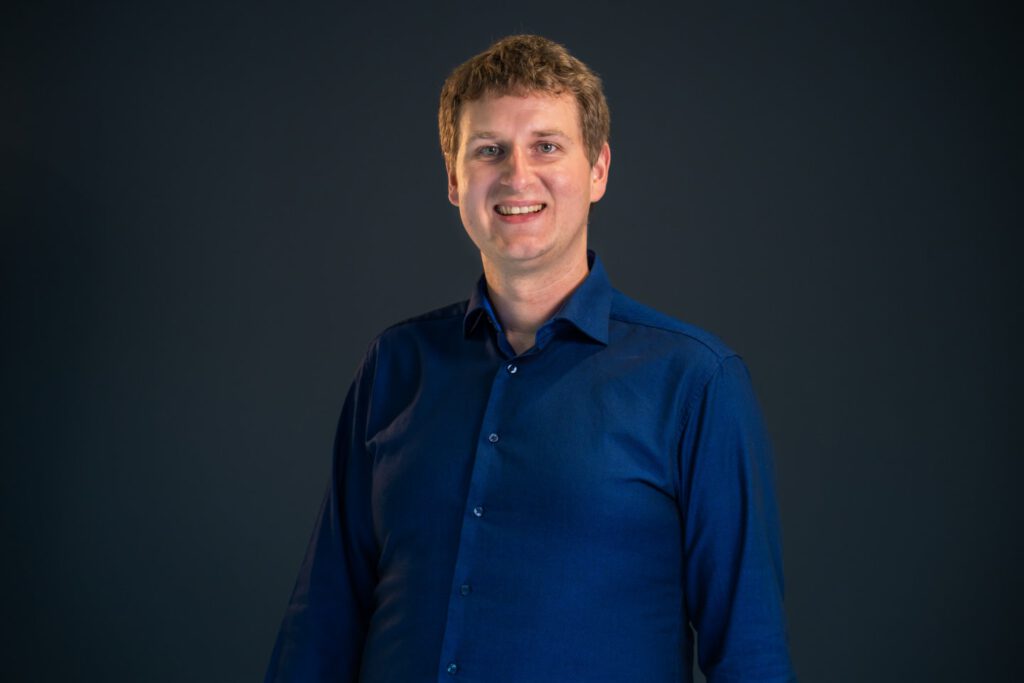
Patrik Schadzek
Dr. rer. nat., M. Sc. in life science
Patrik compares functions of stem cells from patients with bone sarcomas and osteoarthritis. Since last year he is member of a project within the collaborative research center SIIRI which investigates cellular and molecular aspects of aseptic loosening of orthopedic implants.
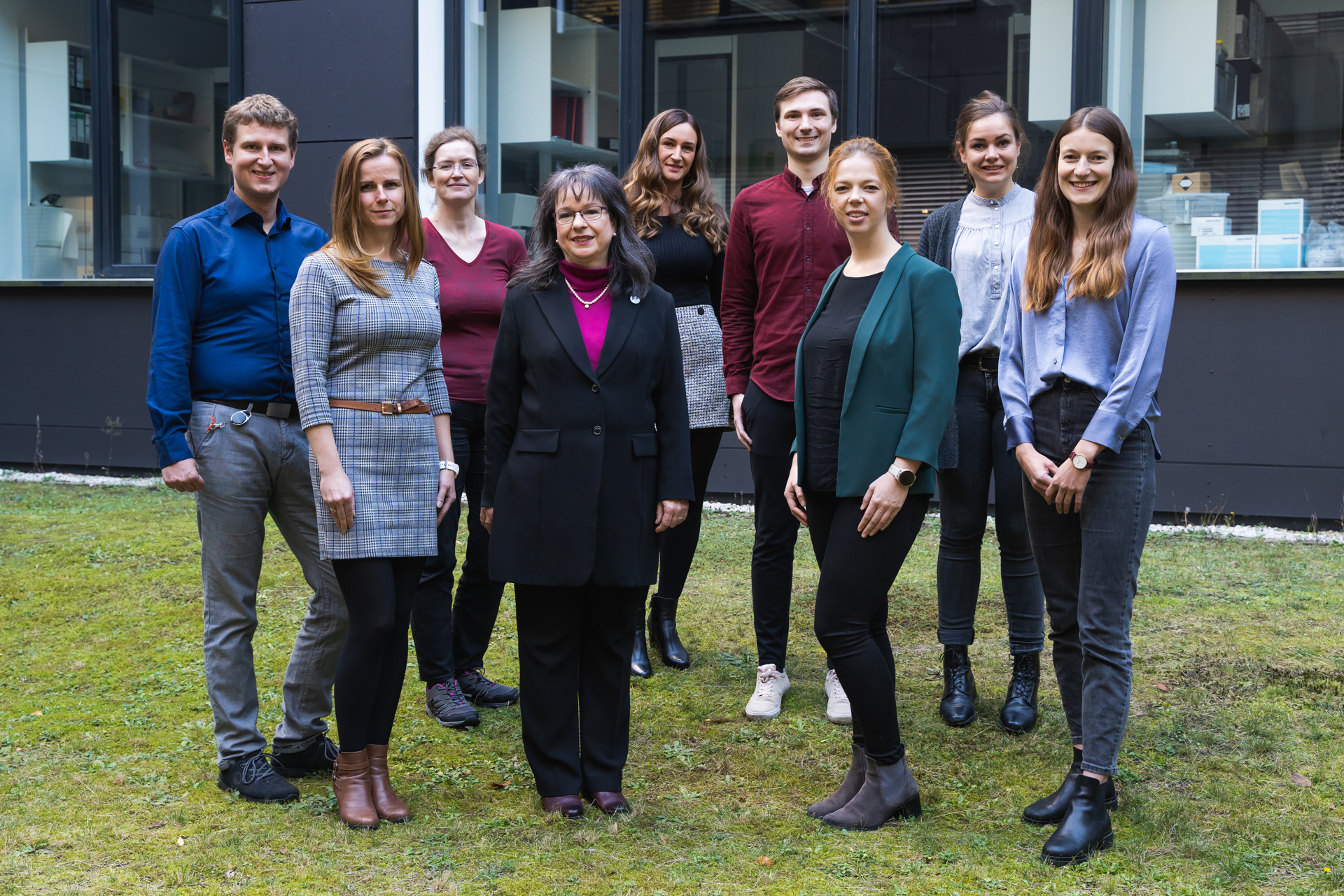
The Voluntary Team Members –
Invaluable Background Support
Did you wonder about my logo?
Actually, my cockatiels have inspired my logo: the black circle as their eye, and a stylish feather tuft in the colour of their feathers.
The feather tuft reflects the different scientific topics that I addressed in my career up to the present day: kidney / proteinuria, cerebrospinal fluid / blood-brain barrier, heart / cardiac allograft vasculopathy, musculoskeletal system / stem cells.
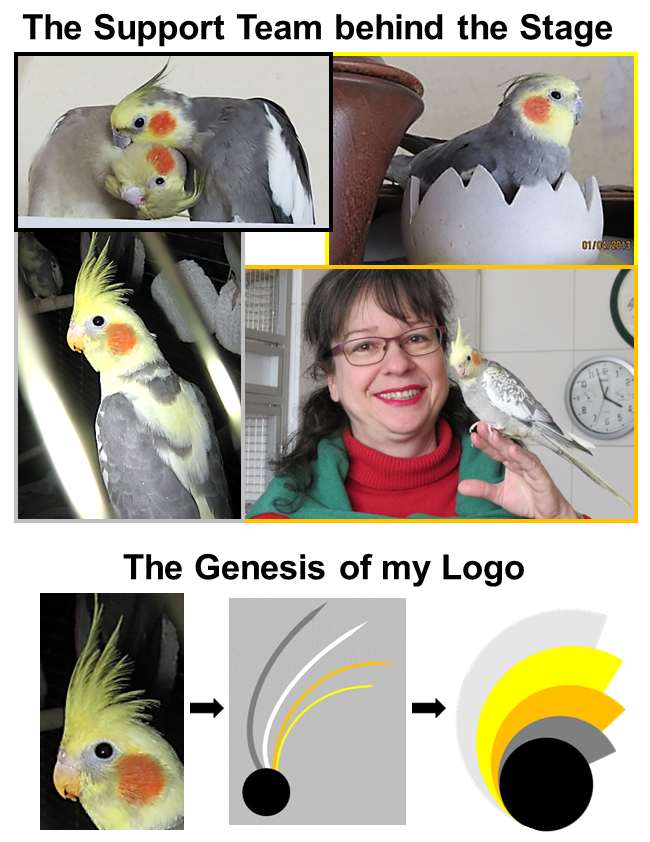
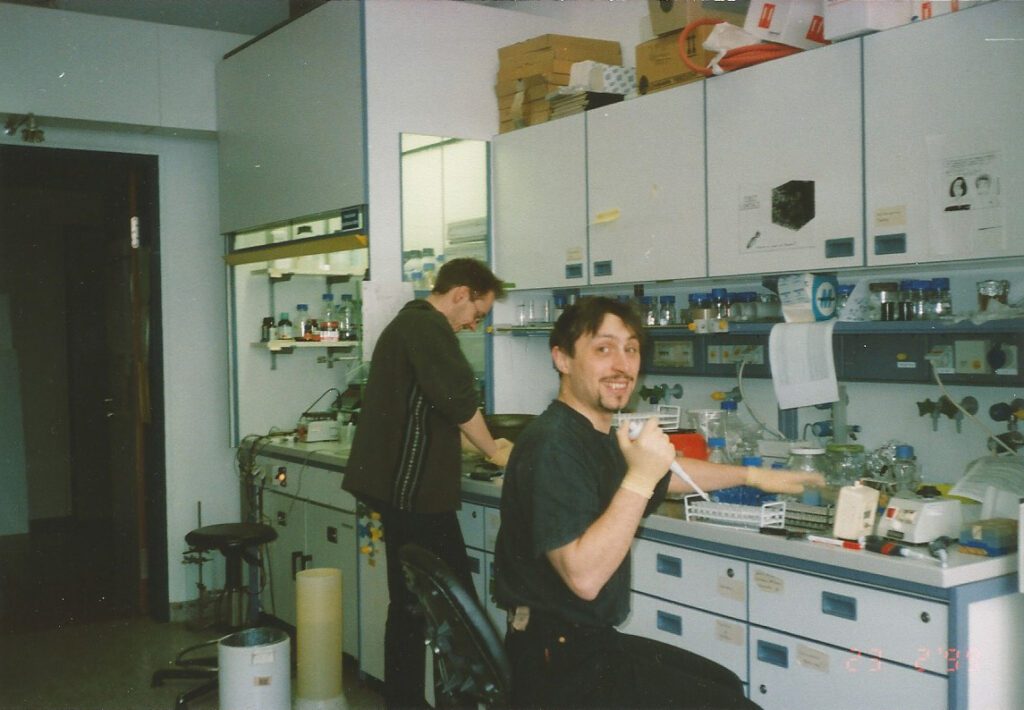
Former Lab Members
Imke Bargen, Tobias Braun, Johannes Brendel, Jasemin Brikey, Dr. Laura Burmeister, Janina Conradi, Anastasia Dielmann, Heike Dornhoff, Peter Eberle, Michel Evert, Jennifer Friesen, Dr. Nelson Gekara, Henning Hartwig, Mike Hasenberg, Claudia Heidorn, Karolina Heinrichs, Nils Hottenbacher, Hanna Humbach, Dr. Nico Jäschke, Marcel Jaron, Caroline Jerrentrup, Felix Keil, Adrian Kordes, Carlotta Kornblum, Mareike Kubinski, Nurdan Kudu, Maike Kuhn, Fabienne Libuda, Sarah Lindenlaub, Yvonne Medler, Sabrina Meine, Rieke Moritz, Susanne Nagel, Dr. Sandra Noack, Malin Peter, Svenja Rieke, Nathalie Rosner, Isabel Ramón Roth, Dr. Luisa Schäck, Janett Schaper-Rinkel, Franziska Scholl, Justin-John Schrader, Jennifer Schulze, Yasmin Schwier, Dr. Virginia Seiffart, Dr. Sandra Shahab-Osterloh, Meike Simann, Yan Thorsting, Isabelle Trieu, Dr. Ramona Weist, Patrick Wellbrock, Sabrina Wiechmann, Dr. Andreas Winkel, Claas Wodarczyk
News
Here you will find our latest scientific achievements, general news or job offers.
(please do not apply without job posting)
Prof. Andrea Hoffmann will give the opening keynote lecture at the summer symposium of the jGBM on June 20, 2025: “Stem Cells and Immune Cells – Conjoined Twins to Solve Challenges in Biohybrid Implants“; https://sommersymposium.gbm-online.de/sommersymposium-der-junior-gbm.html
-
New project funding by DFG: ‘Bio-inspired multizonal protein scaffolds as novel cartilage model system’
Cartilage hardly regenerates due to a low number of blood vessels and nerves. We currently plan a project in which we are seeking for innovative solutions, based on novel biomaterials and novel small-molecule drugs, together with colleagues. Artwork by Dr. Yvonne Roger.
-
New project funding by Erwin Röver-Stiftung: ‘A biomarker for aseptic implant loosening?’
In aseptic loosening of arthoplasties (hip, knee), inflammation leads to dissolution of the bone and progressive implant loosening. These processes are the main cause of follow-up surgery. There is a great need for action to detect the onset of implant loosening at an early stage in order to take countermeasures. The project aims to identify…
-
Thank you to our donors
Thank you to all donors of the tissue samples from which we perform our analyses! Without your tissue donations, our patient-centred biomedical research would not be possible. The photo shows a bone marrow aspiration from the iliac crest. Photo by Nina Friese.
-
How to obtain mesenchymal stem cells from bone marrow?
In October 2023, scientists from the institute of Cell Biology and Biophysics, Leibniz University, from the institute of Micro Production Technology, Leibniz University, and from the institute of Experimental Infection Research, TWINCORE worked with Anika in our lab to isolate human mesenchymal stem cells from bone marrow, see photo. For more information, also watch our…

